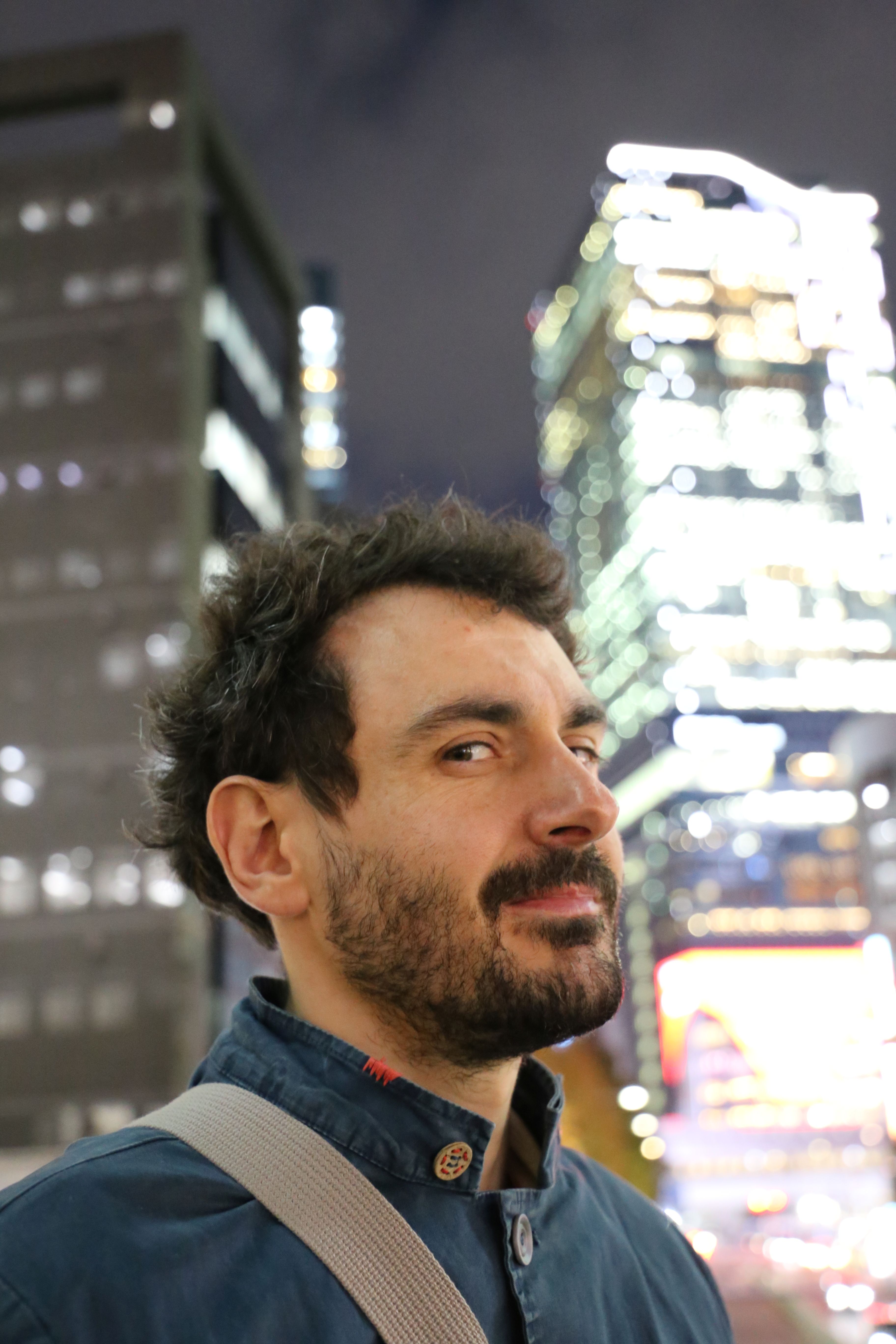
Arriving at the airport in Tokyo, I immediately realize that I’m embarking on an extraordinary journey. The staff, who is stationed at every corner in June 2022 due to the coronavirus, guides me through the huge airport to my destination in what feels like a mere 15 minutes. All the while news about the staff shortage chaos at German airports keeps appearing on my smartphone. Many things are simply different here. What particularly impresses me about Japan is how it brings together in harmony the contradictions that can be found everywhere: yes, it is a country of tradition with firm structures and a tangible order everywhere. At the same time, Japan is bursting with impressive modernity, advanced technology and pure chaos! Whenever I leave the rather tranquil Wako for Tokyo, I soon find myself exhausted, trying to find my way through the crowds in the metro stations, or feel lost among the skyscrapers. Just a few steps further, however, I find myself in enchanting tranquil temples or gardens where I can regain my breath and clear my mind. This is absolutely fascinating!
In 2022 Paul Zakalek from the Jülich Institute for Quantum Materials and Collective Phenomena (JCNS-2 / PGI-4) spent six months researching the possibility of depth-resolved chemical analysis with neutrons as part of a fellowship at the RIKEN Institute in Wako, Japan. Since then, the 38-year-old neutron researcher is working on the development of a highly brilliant neutron source in Jülich. In this blog post, he recalls his time in Japan.



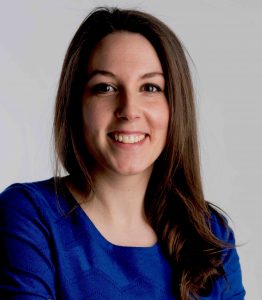
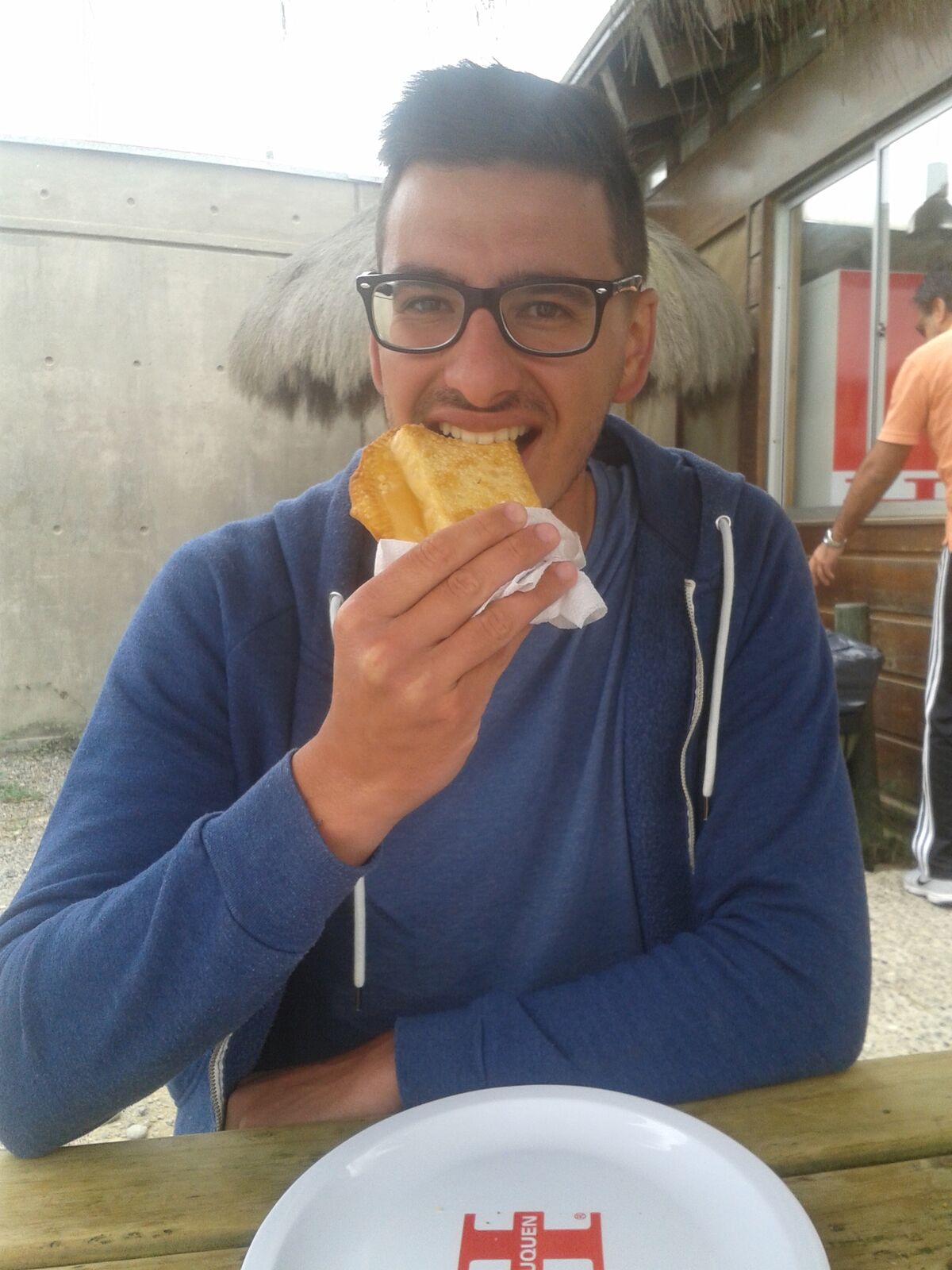
 From Friday, 11 November, until Saturday, 19 November, I traveled to Salt Lake City for the Supercomputing Conference (fully: the international conference of high performance computing, networking, storage and analysis, but everyone either calls it the Supercomputing or even only SC16). SC is the largest conference for all things supercomputing (and then some). Every year, it is held in a different city in USA. About 12 000 people visit the conference each year
From Friday, 11 November, until Saturday, 19 November, I traveled to Salt Lake City for the Supercomputing Conference (fully: the international conference of high performance computing, networking, storage and analysis, but everyone either calls it the Supercomputing or even only SC16). SC is the largest conference for all things supercomputing (and then some). Every year, it is held in a different city in USA. About 12 000 people visit the conference each year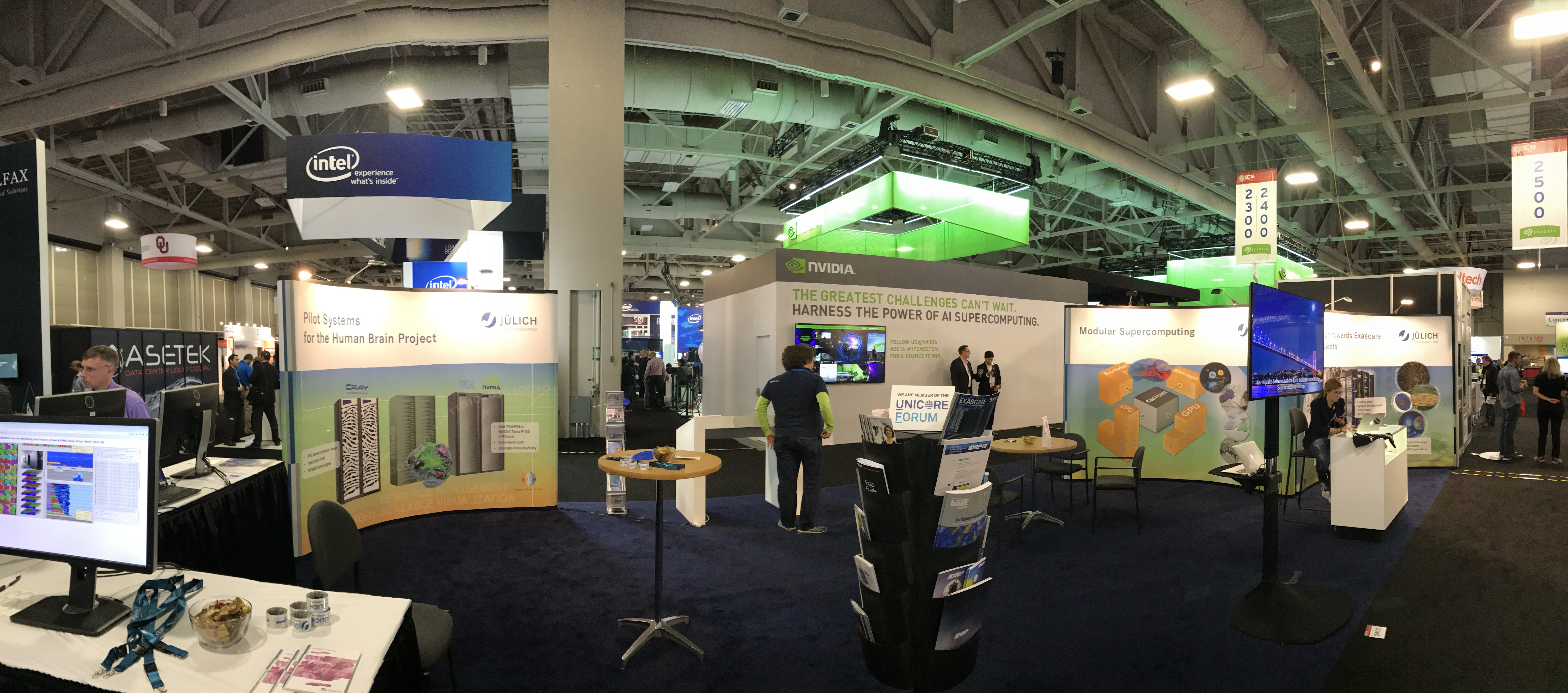
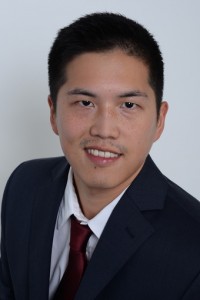 In my PhD thesis I have focused on ab initio calculations to derive key properties of intercalation compounds for lithium ion batteries. In this respect I have been working on LixCoO2 and LixMg2Si which are both solid solutions within a defined compositional range. Key properties include the intercalation voltage, structural features and thermodynamic properties.
In my PhD thesis I have focused on ab initio calculations to derive key properties of intercalation compounds for lithium ion batteries. In this respect I have been working on LixCoO2 and LixMg2Si which are both solid solutions within a defined compositional range. Key properties include the intercalation voltage, structural features and thermodynamic properties.